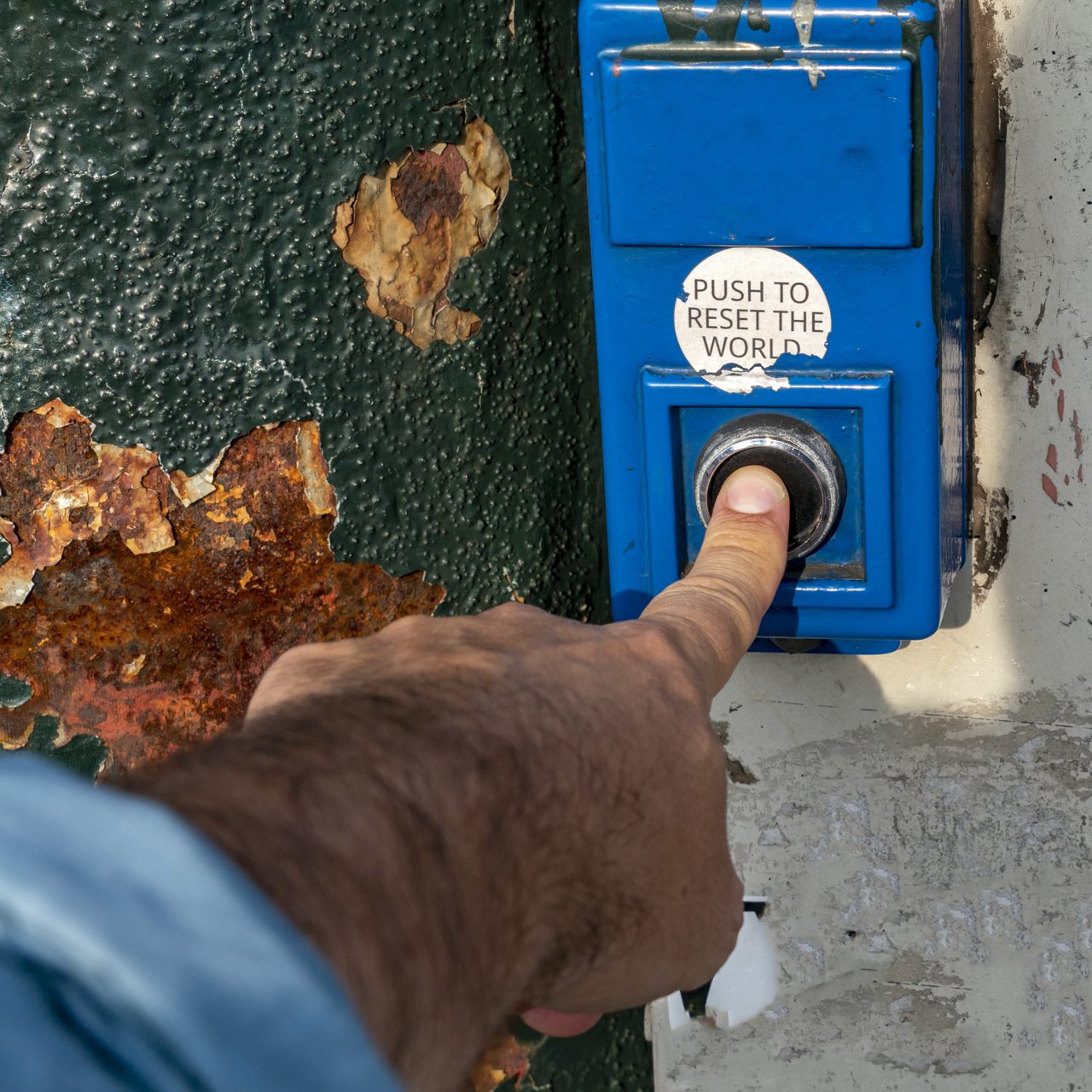The current times we are living in with social distancing, mandated isolation and a global pandemic along with natural (and man-made) disasters are creating significant challenges for nonprofit organizations, entrepreneurs, and purpose-driven professionals.
In many cases, a situation like a health pandemic or a disaster can result in an entrepreneur or organization struggling financially, losing good staff, reducing or cutting operations, and even failing. These types of crises can definitely and deeply impact an organization’s morale and sense of connectedness.
Collaboration and preparedness are key in bouncing forward and safeguarding your ability to do what you love, serve your clients, and stay connected.
After working with several communities, organizations, and businesses who have experienced natural disasters, below are a few learnings to share to ensure that your passion remains intact and to help you get through the challenges that occur after a disaster.
More...
Business Reset and Recovery Plan
#1: Protect Your Team and Stay Connected:
Team, employee, and volunteer health & safety should always be a priority. Make sure you are staying updated through credible sources of information and ensure you communicate frequently with your team.
It is also a good practice to ensure you have an emergency/disaster management plan and that your team is aware of what to do in case of an emergency, crisis, or disaster. As a business owner or leader of a nonprofit organization, ensure you have an emergency file for each employee, contractor, or key committee member that contains their emergency contacts and any other critical information that you require to keep things moving in your organization.
This also includes notifying any partners, sponsors, or people that you are in collaboration with. Ensure you maintain the relationship by remaining in communication. Stay connected.
#2: Safeguard Your Data and Files:
Ensure your computer files are backed up (preferably through both a hardware source and a secure cloud-based source), protected, and that you can access them if, for any reason, you were unable to access them from home/work locations.
#3: Create Your “IN THE EVENT OF” File:
One of the challenges that organizations and entrepreneurs have shared in times of crisis was that they were unable to gather all the necessary files, equipment, and documents prior to closing their office or evacuating. The same applies if a key person in your organization was to be unavailable (e.g. health issues).
To ensure that your organization or business can be mobile and that you can work remotely, create an “IN THE EVENT OF” document and file. Remember to include an up-to-date inventory of the equipment and resources you have. It is helpful to take video and photos of all the furniture, equipment, resources, etc. and have serial numbers as well as agreements such as warranty and protection agreements.
This document/file should include all important business contacts such as:
- Your insurance company
- Bank
- Accountant
- Contractors
- Suppliers
Remember to also have a backup of this “IN THE EVENT OF” file/document in a location (drive, phone, cloud backup) that is secure, but accessible if necessary.
#4: Develop a Communication and Connection Plan:
One of the most important ways to build resilience is through staying connected. Crisis situations often challenge connection and communication. The inability to communicate quickly, clearly, and effectively is one of the reasons organizations and businesses will struggle after a crisis or disaster.
Ensure you are able to communicate information effectively through phone, email, social media, media, etc. Let your clients and customers know you are still in business, that staff are safe, and share how you will help and serve clients moving forward. Keep in touch with funders, suppliers, contractors, sponsors and collaboration partners.
#5: Practice Self-Care:
The 3 Ps can help you practice self care: patience, positivity, and proactiveness sprinkled with permission to have a bad day, grieve, and experience emotions. This is all part of navigating through these times.
Know who your champions, supporters, and ambassadors of kindness are. Ensure you get enough sleep and rest, take breaks from watching media, and do activities that make you feel good! Don’t forget fresh air and sunshine.
Work together and collaborate as a team to divide up the planning and preparation needed. In addition to these must dos, ensure that you take time for you and time for your team to decompress. Crises and disasters are stressful, difficult, emotional, and impact your resilience.
Collaboration and connection can help you cope and get through these tough times.



0 comments